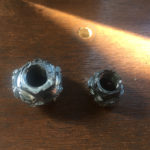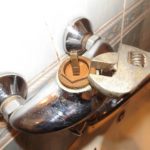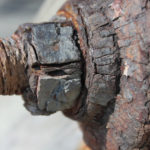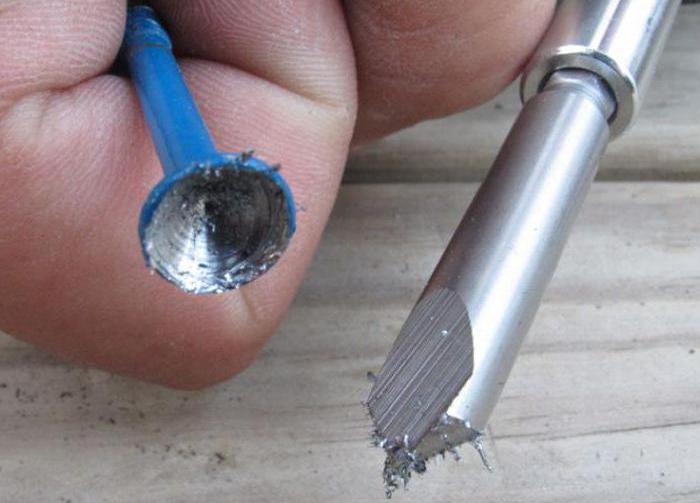How to unscrew a nut without a key
Let’s imagine a situation: you urgently need to unscrew a nut of some size, it doesn’t matter what. As usual, the required key is hidden somewhere in the barn and chuckles as the owner looks for it. It will be found later, but will no longer be needed. So what can be done in such a situation? It turns out there are a lot of things.
The content of the article
Pliers are a universal wrench
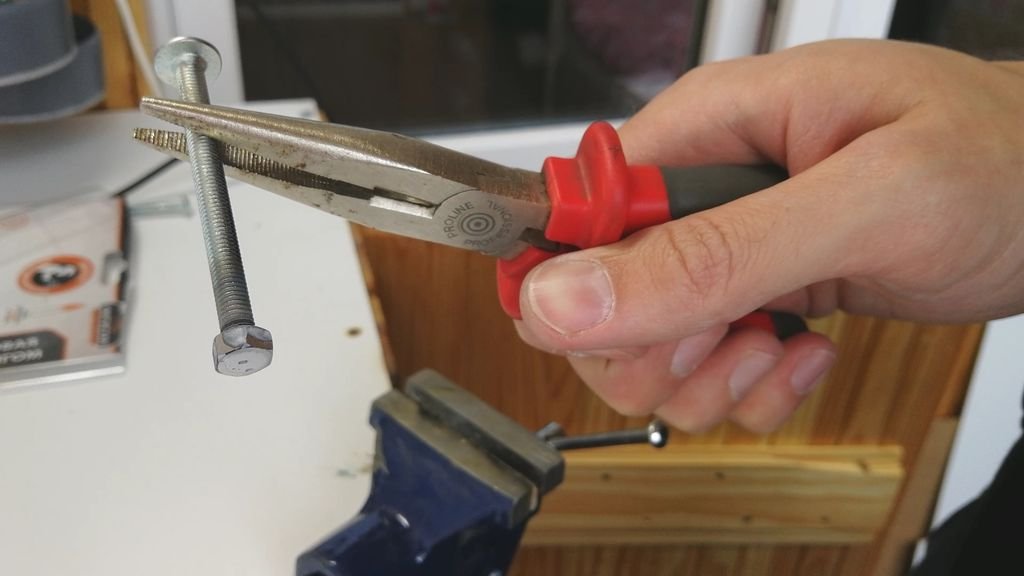
If you don’t really want to reinvent the wheel, you do have some fairly large ones at hand. pliers — the issue is practically resolved. The technique is suitable in cases where the threads on the bolt are not seriously damaged and have not soured.
If the enemy does not give up, in the sense that pliers do not help, you can simplify your life with the help of lubricant, for example WD-40. For lack of one, but if there is one kerosene, gasoline, alcohol or another similar liquid, it would be a good idea to wipe the threads on the bolt and the nut itself with something like that. Or - even better - wrap the connection for ten minutes in a rag soaked in the above-mentioned substance.
The disadvantage of the method with pliers is that it is not suitable for large nuts; you simply cannot grasp them. Another disadvantage is that if you grab the nut unsuccessfully, you can lick off the edges on it, and if the pliers come off it, they can damage the threads on the bolt. But to achieve such results, you need to try. The technique is suitable for those who are not holding instruments in their hands for the first time.
Corners
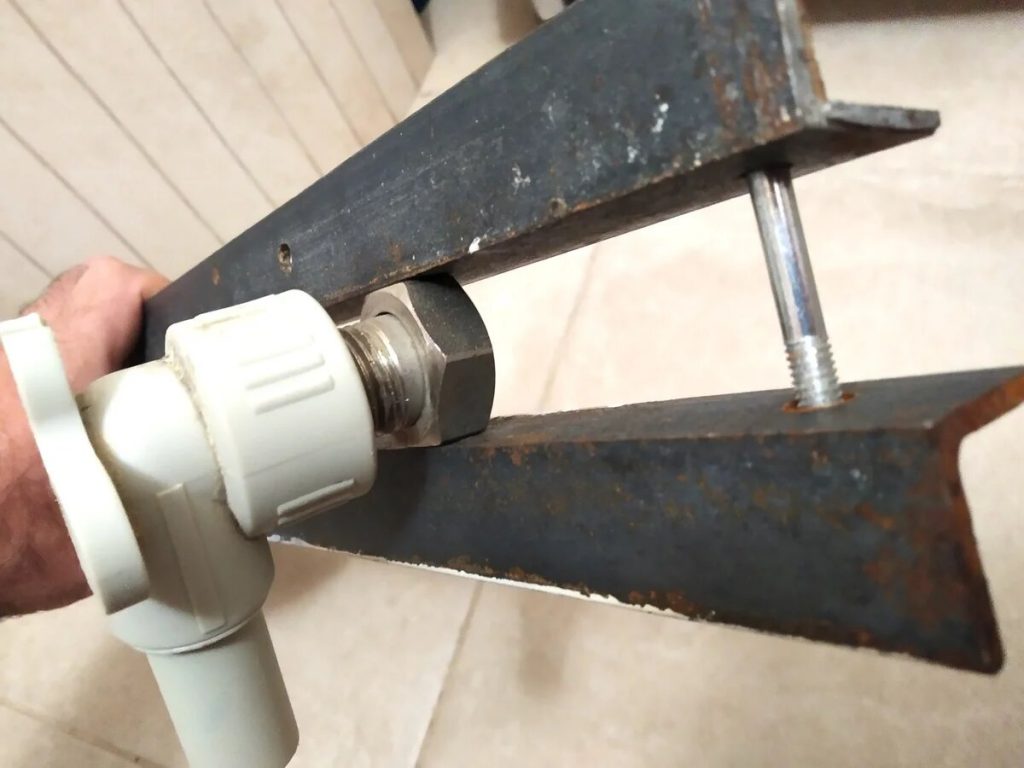
In fact, it’s hard to imagine that two steel angles with holes in the ends were found, but the wrench was never found. But this also happens.
The essence of the technique. Using a bolt and nut inserted into the holes in the corners, adjust the gap between them so that the improvised adjustable wrench securely grips the nut being unscrewed. In principle, it is not necessary to focus on the corners - it will do any rolled metal product with suitable surfaces. Craftsmen manage to unscrew the nuts even with the help of a couple of files and a piece of cable to fix them. Tubes with a square or rectangular cross-section, small steel strips or squares will do... I think the essence of the idea is clear - use what is at hand and don’t look for something else.
It's not like there's no key at all
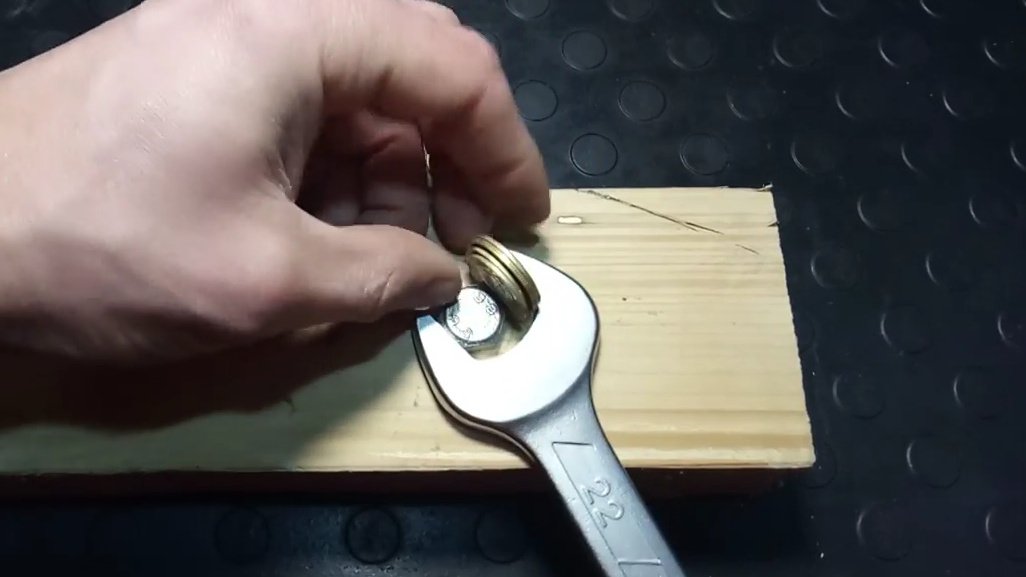
And here’s another option: I got a set with keys, all sizes are there, except the one you need. It's okay, the main thing is that the key is larger than necessary. We do this - insert between the nut and the key horn coin (or two - as needed to close the gap) of any value. Then we begin to unscrew either the nut or the bolt head (after having done the above procedure with a coin), depending on what is more convenient.
Wedge is knocked out with wedge
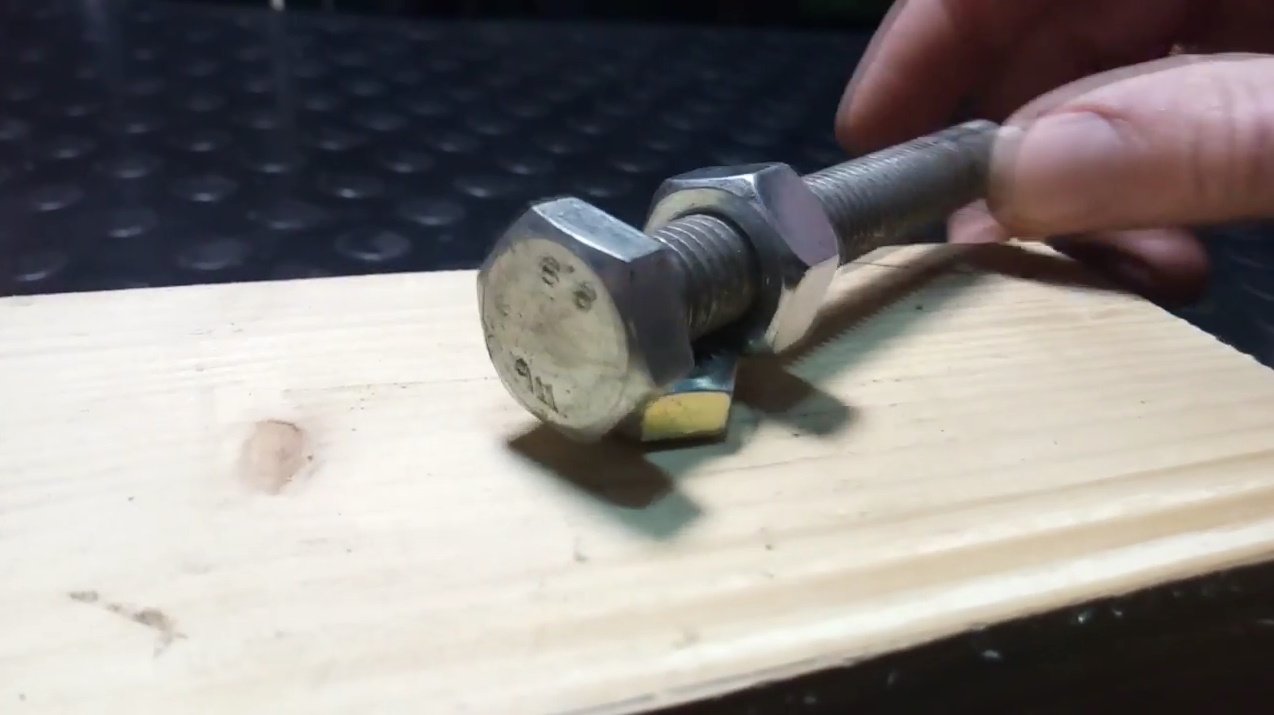
You can build something like an adjustable wrench using one more bolt and nut. It is advisable, if the untwistable connection allows, for such a “key” to also include a couple of washers, which will provide a more or less reliable and convenient clamp. The longer the bolt has a thread, the better - it will be possible to unscrew small fasteners.
What about large caliber?
If you need to unscrew a nut, say, 36 mm, it is not a fact that such a large wrench will be available. Especially if the “action” is one-time.But there are no hopeless situations.
Small ones are quite suitable for our purposes. bench vice. Their advantage is that they can grip even a fairly thin (4 mm or less) nut.
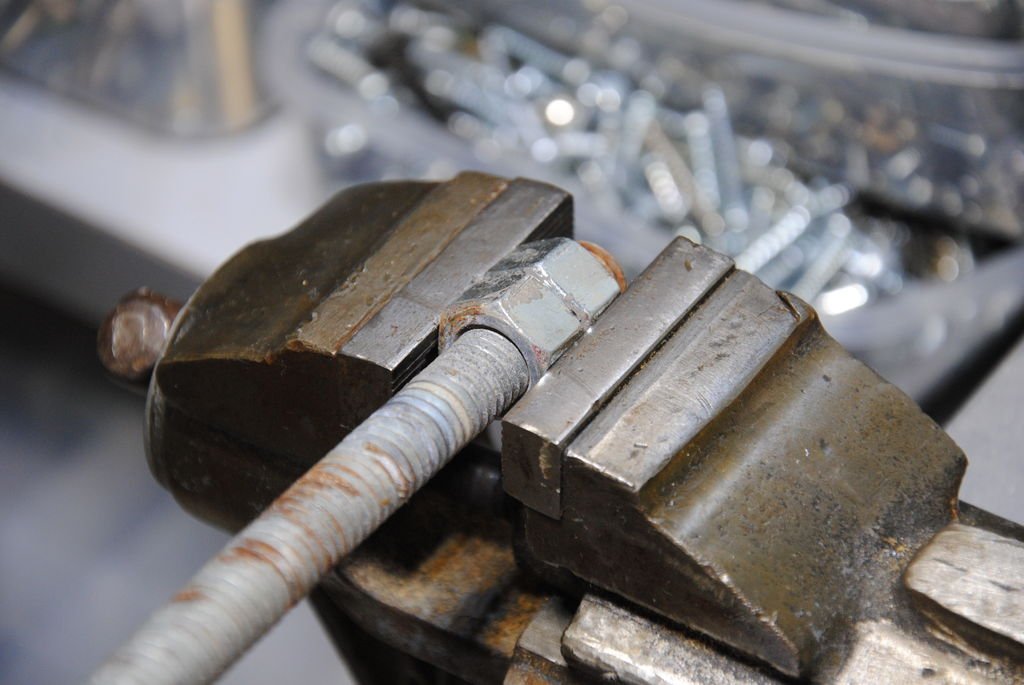
If there is no vice, but there is a small clamp, It will do just fine too. Of course, it is more difficult for her to grasp a thin nut due to the “floating” plate. But as a lever, a clamp is much more convenient than a vice.
And also, don’t forget about lubrication! It’s true what they say: “If you don’t grease it, you won’t go.” And, for starters, the best way to unscrew the nut is not to be lazy, find and use the appropriate wrench.

